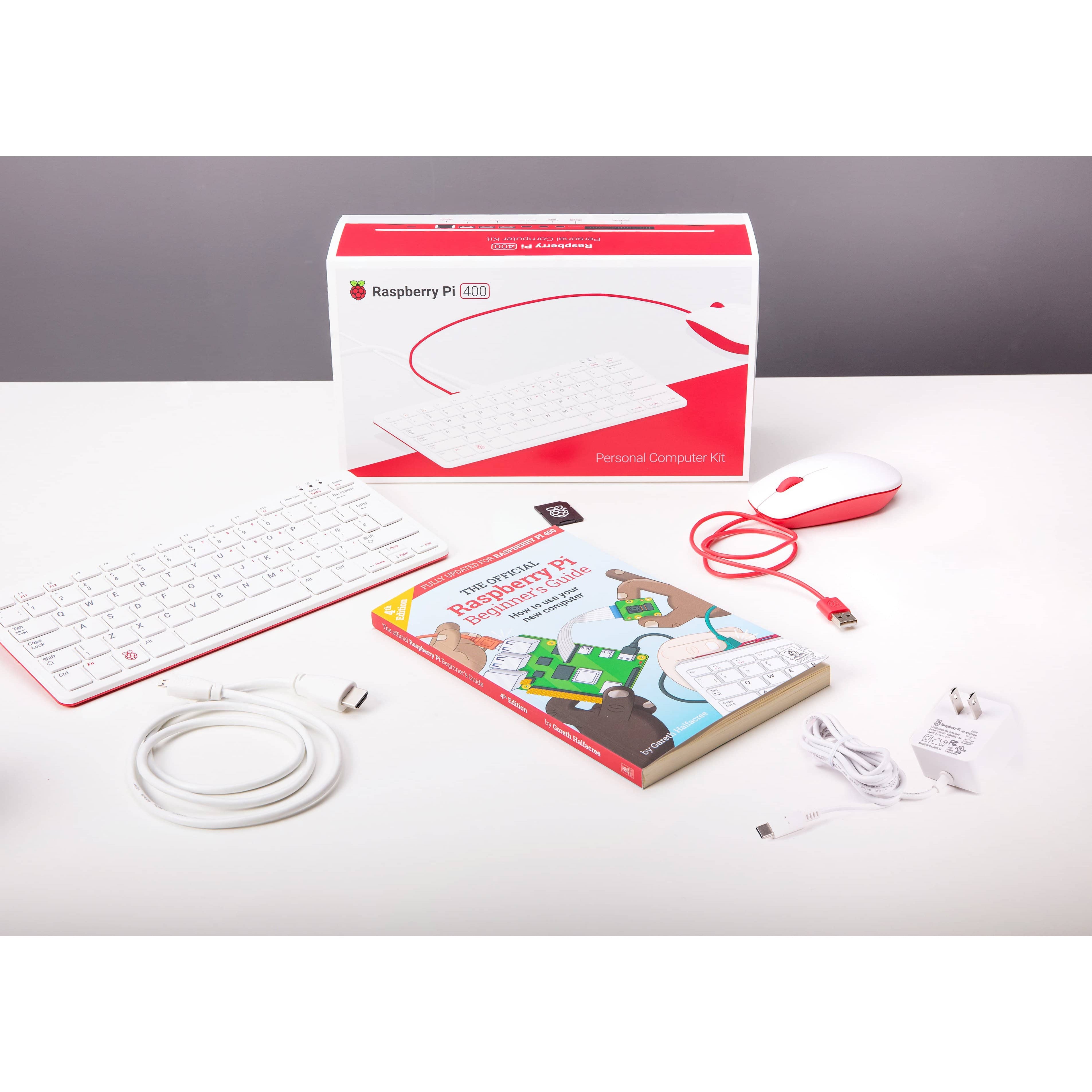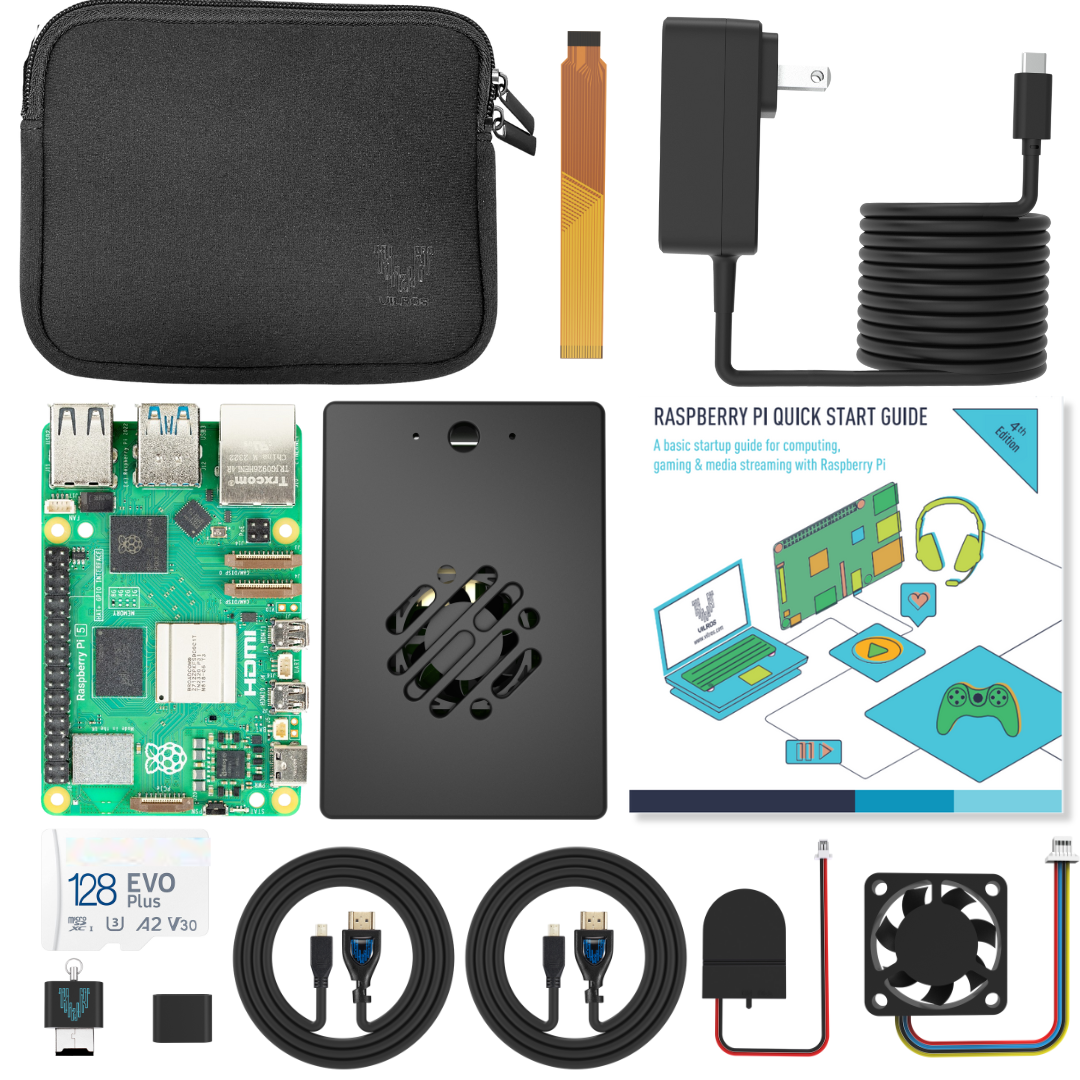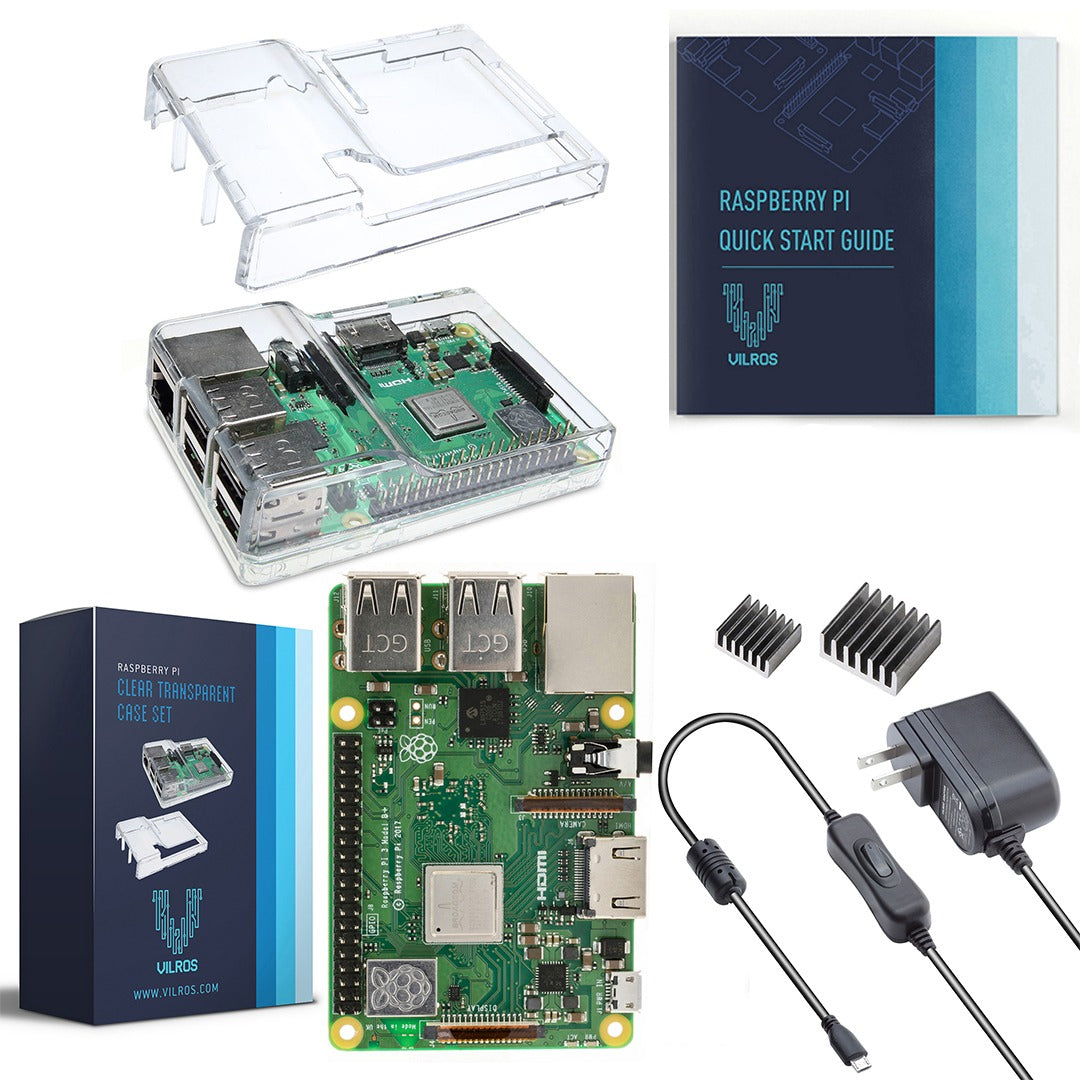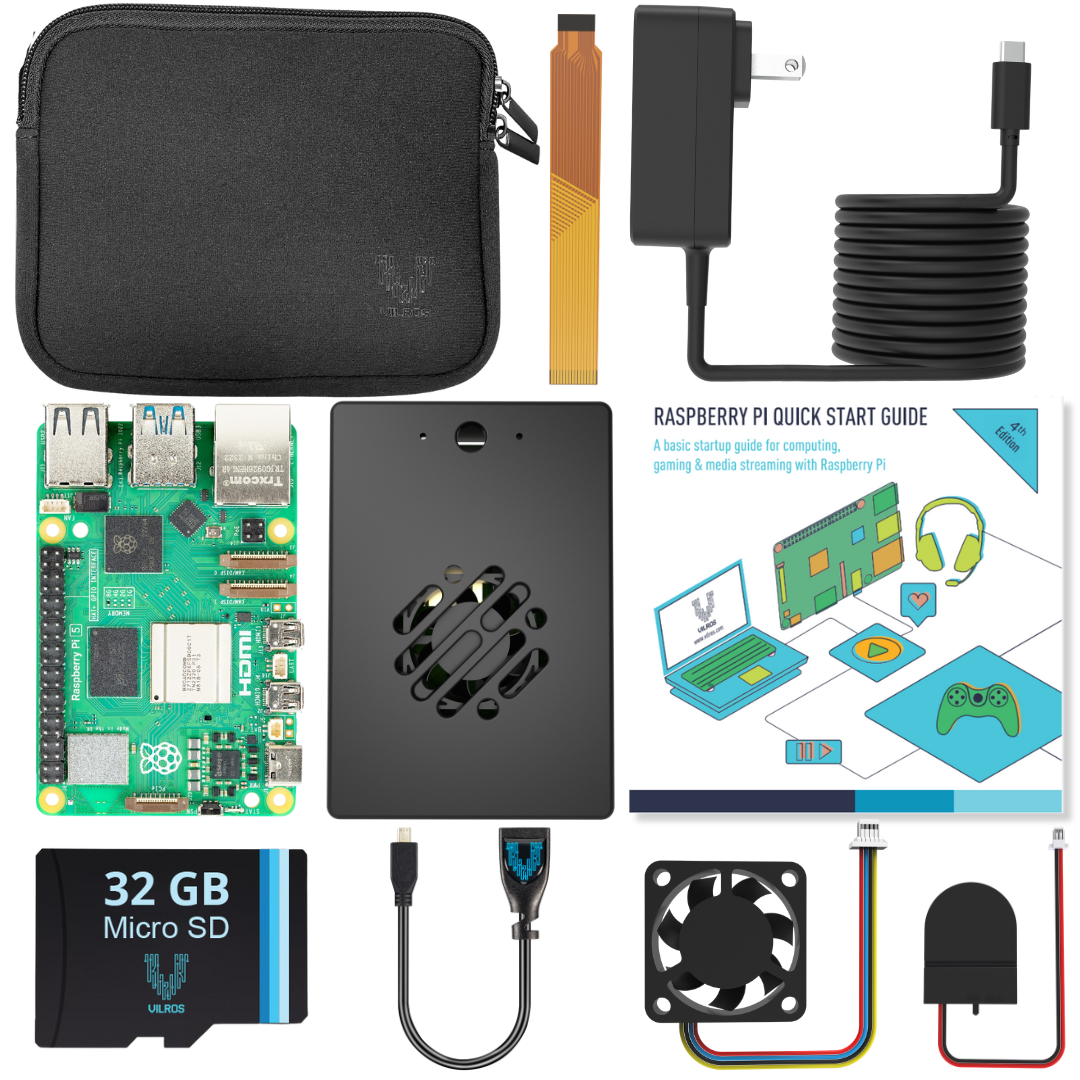
How Raspberry Pi Can Help You Work from Home During the COVID-19 Shutdown
How Raspberry Pi Can Help You Work from Home During the COVID-19 Shutdown
Are you trying to figure out a better way to work from home? As the coronavirus shutdown continues, it’s becoming more imperative for many professionals to not only be able to work from home, but to do so efficiently. Raspberry Pi can help.
The Raspberry Pi 4 in particular has become a favorite secondary device for many, as it allows you to perform major desktop functions while using your primary computer for videoconferencing. Pi 4 is even powerful enough to serve as a full desktop computer replacement if need be.
Here’s what you need to do to setup and run your Raspberry Pi to help you work from home:
Get Your Desktop Kit
If you’ll be using your Pi as your primary or even secondary desktop computer, you’ll want to set it up with a keyboard, mouse, and monitor.
Our Vilros Raspberry Pi 4 Desktop Kit has everything you need including the Raspberry Pi 4 Model B, the official 7” Raspberry Pi touchscreen, a mini keyboard/touchpad, and all the accessories and guides you need to get you up and running.
You can also connect your Pi to any HDMI monitor using Micro HDMI to HDMI cables. Or, you can use your Pi’s USB 2 socket to hook-up your preferred keyboard/mouse.
Set Up Your Wireless Connection
You can set up wireless networking for your Pi using your desktop.
Or, check out this helpful article from Alasdair Allan on enabling wireless networking for Raspberry Pi before you boot it for the first time.
Check Your Email
Email can be accessed from a web browser, so you can use Chromium to navigate to the site of your email provider.
Or, if you prefer to get your email sent straight to your Raspberry Pi desktop, you can use the included Claws Mail client, which supports both POP3 and IMAP (which is the access you’d need for Gmail).

And Don’t Forget About Google Drive (and the rest of your G-Suite)!
You can use your web browser to access the most common work tools of the G-Suite (Drive, Docs,
Sheets, Slides, Forms).
You could also use FUSE to mount Google Drive.
Access MS Office Suite
Does your workplace prefer Microsoft Office Suite?
There is, unfortunately, no native version of MS Office that will run on your Pi (though Raspbian does ship with Libre Office).
You can, however, use Office in your browser – just go to office.com and log-in with your Microsoft account.
Get Ready for Video Conferencing
Meetings today require video conferencing, and in order to get your Raspberry Pi set up, you’ll need:
Audio Out
Audio In
Video
Audio Out should be easily straightforward, as you can just use headphones or the speakers of your HDMI-connected monitor to hear the sound coming out.
In order to get Audio In, you’ll will need to get a microphone. A simple way to add your audio input is with a USB microphone – today there is a wide range of such microphones available with varying price points and quality levels. Or, you might be able to use a webcam with a built-in microphone.
In order to have video, you will need to add some sort of camera to your Pi, typically a USB webcam. If you have the Raspberry Pi Camera Module, just be sure to configure it using raspi-config, and make sure to get a separate microphone as it doesn’t come with one built in.
With all these systems and tools in place, you should now be set-up to use your Raspberry Pi to work from home.
And for more ideas and suggestions for what to do during this pandemic shutdown, come back and check our Vilros blog for more news and ideas for Arduino and Raspberry Pi!





